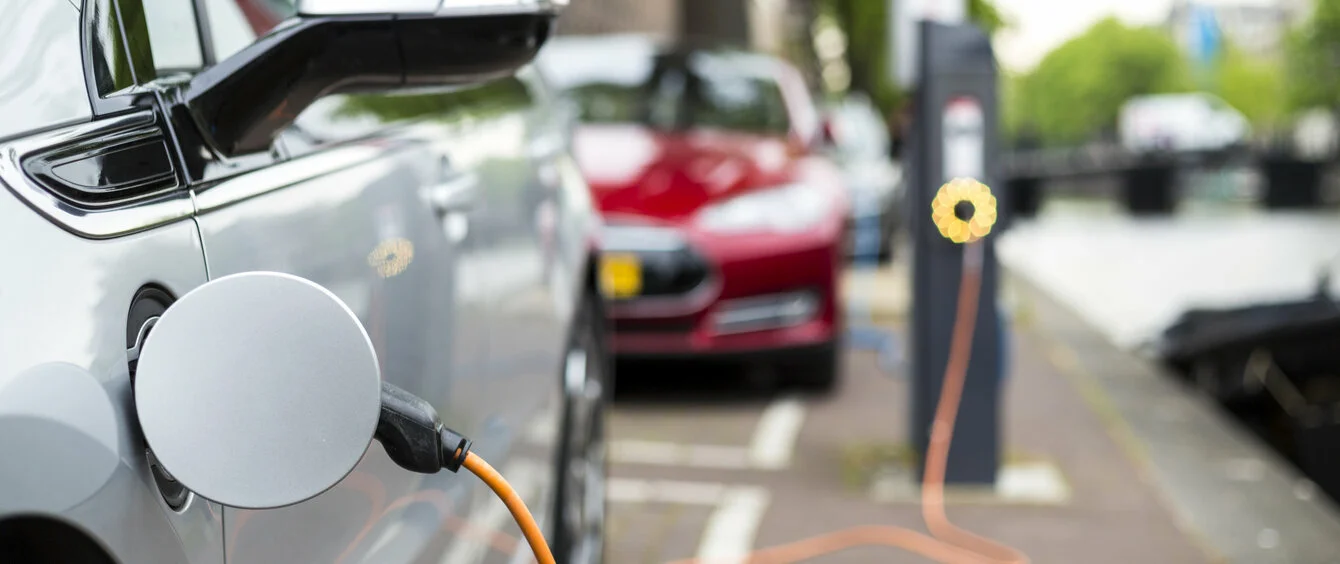The switch to electric vehicles continued to gain momentum in 2019. Single-year EV sales surpassed the two million mark for the first time, compared to less than half a million in 2015. These figures were reported by the BloombergNEF Information Service in its Electric Vehicle Outlook 2020, which further states that more than one in two new EV registrations were recorded in China. Europeans are also increasingly opting for battery-powered vehicles, with the Netherlands making the biggest leap in sales figures. Last year, 67,000 EVs were sold in Holand, up 150 percent on the previous year.
Total EV sales in 2019
Source: Center of Automotive ManagementPopularity of EVs also rises in Germany – power grids well equipped
New car shoppers in Germany are also increasingly opting for electric variants. According to a study by the Center of Automotive Management, unit sales of new electric vehicles in Germany jumped by over 60 percent to a total of 109,000 in 2019. However, the country’s government intends to put far more electric vehicles on the road. Germany’s EV registration target for 2022 is one million, with a rise to more than ten million envisaged by 2030.
But how would a substantial increase in electric vehicles on German roads affect the electricity sector? As reported previously by en:former, various studies reach a consensus conclusion: The German power grid is equipped for the transport transition.
Based on a study by online portal Edison, power usage would rise by a mere 20 percent or so in the event of a complete switch to EVs in road transport. Experts opine that mounting demand for electricity could easily be covered by existing capacity and the planned expansion of renewable energy. Germany produces more electricity than is consumed nationwide. In 2019, power production totalled 611 terawatt hours (TWh), as opposed to usage, which stood at 575 TWh. On top of that, the entire 177 TWh estimated rise in consumption could already be covered by renewable energy today. One thing is for certain: The rise of e-mobility is causing electricity to steadily gain importance, in turn placing increasingly exigent demands on the electricity sector. However, experts find that the fear of overloading existing power grids is unfounded.
Taking the crisis as an opportunity
According to the outlook, despite the corona crisis, demand for electric vehicles in Germany did not relent in the first four months of the year. This is prompting the country’s auto manufacturers to stick to their original e-mobility strategies, says Sven Schulz, CEO of battery manufacturer Akasol. “Carmakers are discontinuing projects, but are pressing ahead with their e-projects. They continue to invest in e-mobility and are not deviating from their goals.” Schulz declares that, “For many, the crisis presents an opportunity to tackle climate change.”
Besides producing about a million electric vehicles and investing 33 billion euros by the end of 2023, VW wants to start building its own battery cell factory this year and commission it in 2024. Plans at BMW envisage one in three cars sold being electric by 2025.
US market leader Tesla appears to be completely unfazed by the current situation of the world economy. Besides being the only auto manufacturer to post a gain in new vehicle registrations at the end of April, the California-based electric car pioneer’s market cap stood at 145 billion US dollars – more than BMW, VW and Daimler combined. In addition, the company claims that the pandemic still does not stand in the way of the planned construction of Tesla’s first European pant, dubbed ‘Gigafactory Berlin.’
Whereas the direct effects of the corona crisis are curtailing the sector temporarily, analysts have the medium and long-term indicators clearly continuing to point towards growth. According to BloombergNEF, annual EV unit sales figures are set to rise to 8.5 million in 2025. This would make one in ten new cars registered worldwide electric.
Photo credit: shutterstock.com, Sopotnicki
